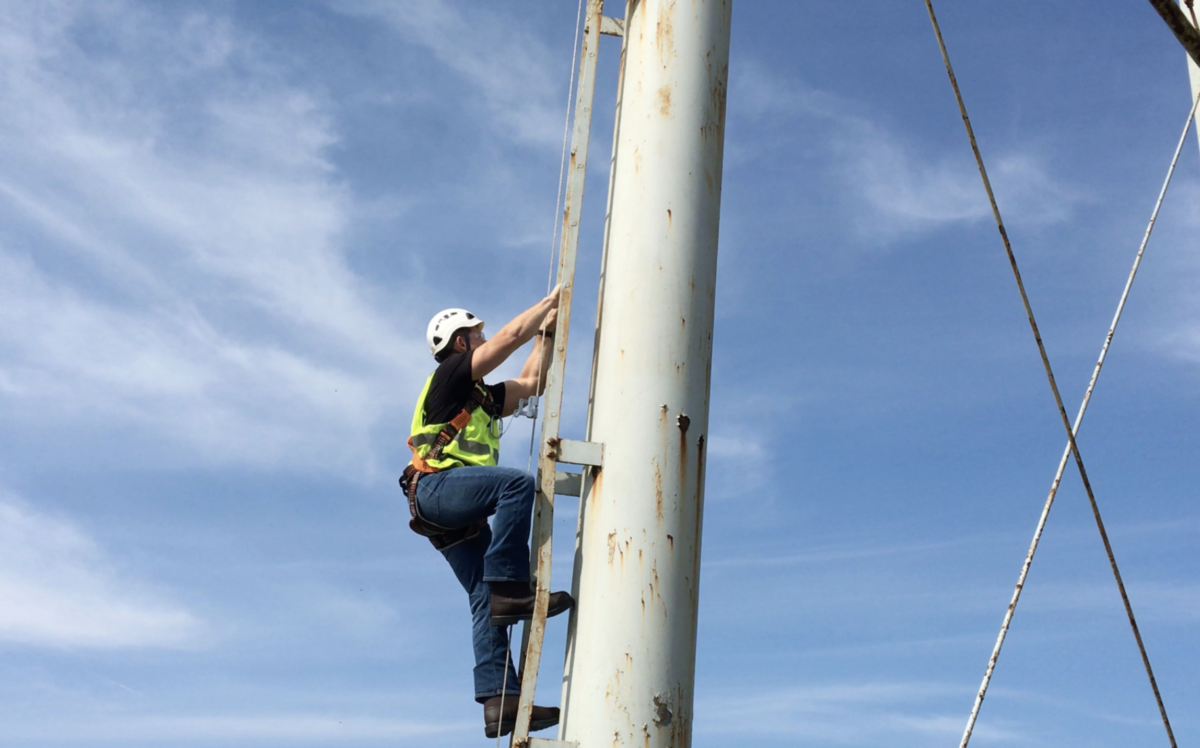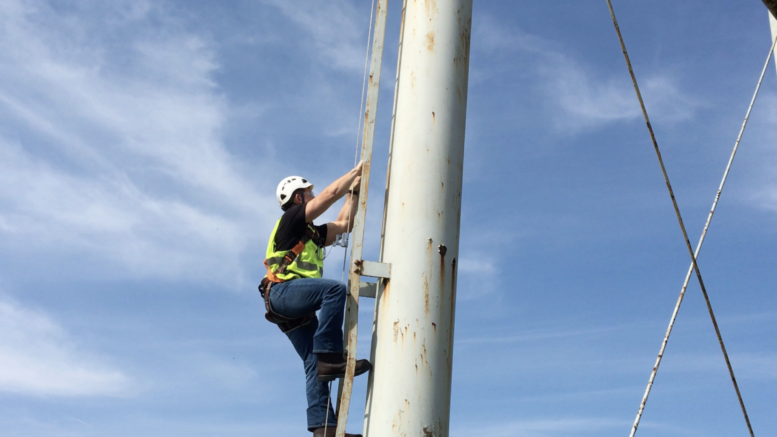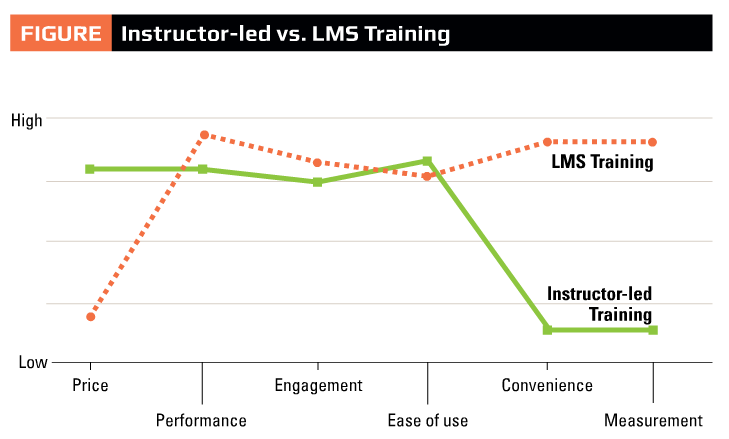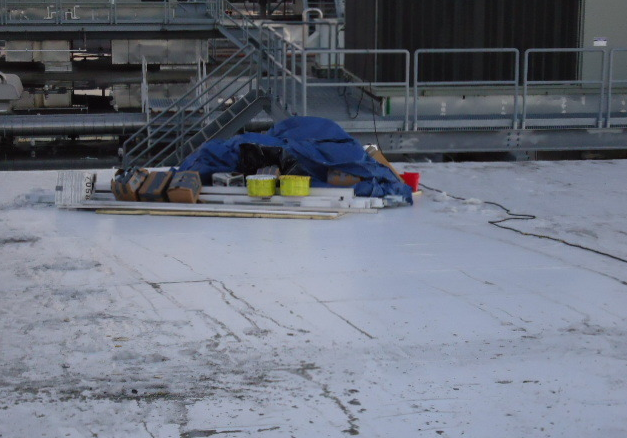
Falls remain one of the leading causes of workplace injuries and fatalities, particularly in the construction and roofing industries. According to OSHA, falls from ladders account for about 20 percent of fatal and lost-time work injuries in general industry.
New OSHA regulations that began to phase into effect in 2018 are aimed at addressing safety issues around fixed ladders and may require some employers to update the safety systems they have in place on fixed ladders of 24 feet or taller. November 2020 marked a major deadline for bringing fixed ladder safety systems into compliance with the new OSHA rules.
Changes to OSHA’s Fixed Ladder Safety Rules
Fixed ladders are those that are permanently attached to a building, structure, or equipment. OSHA rules have long stipulated that such ladders include basic fall protection safeguards, but its new rules provide additional clarity on what kinds of systems are adequate. The major update to the rules is the gradual phase-out of ladder cages and wells that had previously been allowed as a form of fall protection for fixed ladders above 24 feet.
As of November 19, 2020, employers must bring their new ladders into compliance by installing personal fall arrest or ladder safety systems on all new fixed ladders of 24 feet or taller. Fall protection systems that can be used to ensure compliance include personal vertical lifelines, ladder-mounted cables, or a vertical track system, but ladder cages and wells installed on these ladders are no longer sufficient and require an alternative form of fall protection.
Any ladder repaired or replaced going forward must also be equipped with a compliant fall protection system. Older ladders installed before November 19, 2018, that are equipped with ladder cages or wells for fall protection will need to be equipped with a personal fall protection system or ladder safety system in order to be brought into compliance by November 2036.
Why the change? For some time, industry best practices have been shifting away from ladder cages in favor of more modern personal fall arrest or ladder safety systems. Ladder cages do not actively arrest an uncontrolled descent. Although ladder cages were intended to prevent workers from falling from ladders, they are often misused in ways that can instead contribute to falls. For example, one frequently cited practice is workers leaning against the cage — giving rise to the ladder cage’s popular nickname of “backscratcher.” Ladder cages also have been reported to sometimes entangle falling workers trying to catch themselves during a fall or create an obstruction to rescue efforts.
Fixed Ladder Safety Equipment
A personal fall arrest system should include a full body safety harness, connectors such as a self-retracting lifeline (SRL), and a permanent overhead anchor point. Fixed-cable vertical lifeline assemblies are the most common solution being installed permanently on many ladders because they ensure easy use of the fall protection system.
Each worker should be equipped with a well-fitting fall protection harness. Look for climbing safety harnesses with a front (sternal) D-ring that serves as an attachment point for front tie-off for climbing in addition to a back D-ring for overhead fall protection. These harnesses are specially designed for applications where climbing is common, allowing the wearer to comfortably scale a ladder while remaining protected from a fall.
Nonslip shoes or boots are also appropriate for work involving fixed ladders, especially outdoors or in wet conditions. Take extra precautions — or avoid ladders entirely if possible — when ice, snow, mud, wet leaves, or other debris could create a slipping hazard, or during strong winds or storms.
Preparing and Training Workers for Fixed Ladder Applications
In addition to updating the safety systems on fixed ladders at your jobsite, installing suitable anchor points, and providing workers with appropriate personal protective equipment (PPE), employers can take several general, low-cost steps to improve worker safety around fixed ladders and anywhere else fall risks may be present:
· Conduct unannounced inspections to ensure workers are using their fall protection equipment consistently and correctly, and that fall prevention systems such as overhead anchors, harnesses, and SRLs are being routinely used and properly maintained.
· Train each worker to recognize fall hazards they may encounter on the job and how to use personal fall protection equipment. Ensure each worker knows when and how to wear fall protection PPE.
· Create a rescue plan and ensure all workers understand rescue procedures in case of a fall, including how to use rescue equipment such as rescue ladders and SRLs, which managers or supervisors to notify, and how to contact emergency medical services if needed.
· Assign a Competent Person to inspect the work site before work begins to identify fall hazards and provide recommendations on what fall prevention systems workers should use for the job.
· Make sure you have enough harnesses and connectors to go around so that every worker has access to PPE that fits them correctly.
Understanding and implementing new safety regulations can be challenging, but OSHA’s updated rules regarding fixed ladders reflect a consensus in the industry that modern fall protection systems are far more reliable at preventing injuries and safely arresting falls than ladder cages and other outdated systems. OSHA estimates its updated rule will prevent 29 fatalities and almost 6,000 lost-workday injuries every year on average.
In the end, what matters most is protecting employees from the most common hazards on a roofing jobsite and ensuring everyone goes home safely at the end of the day.
About the author: David Ivey oversees the product development of fall protection and safety equipment at Malta Dynamics. He also sits on the ANSI Z359 board and participates in many subcommittee meetings for safety products. For more information or with questions about ladder safety, contact divey@maltadynamics.com.





Be the first to comment on "Recent Rule Changes Necessitate New Equipment and Training"